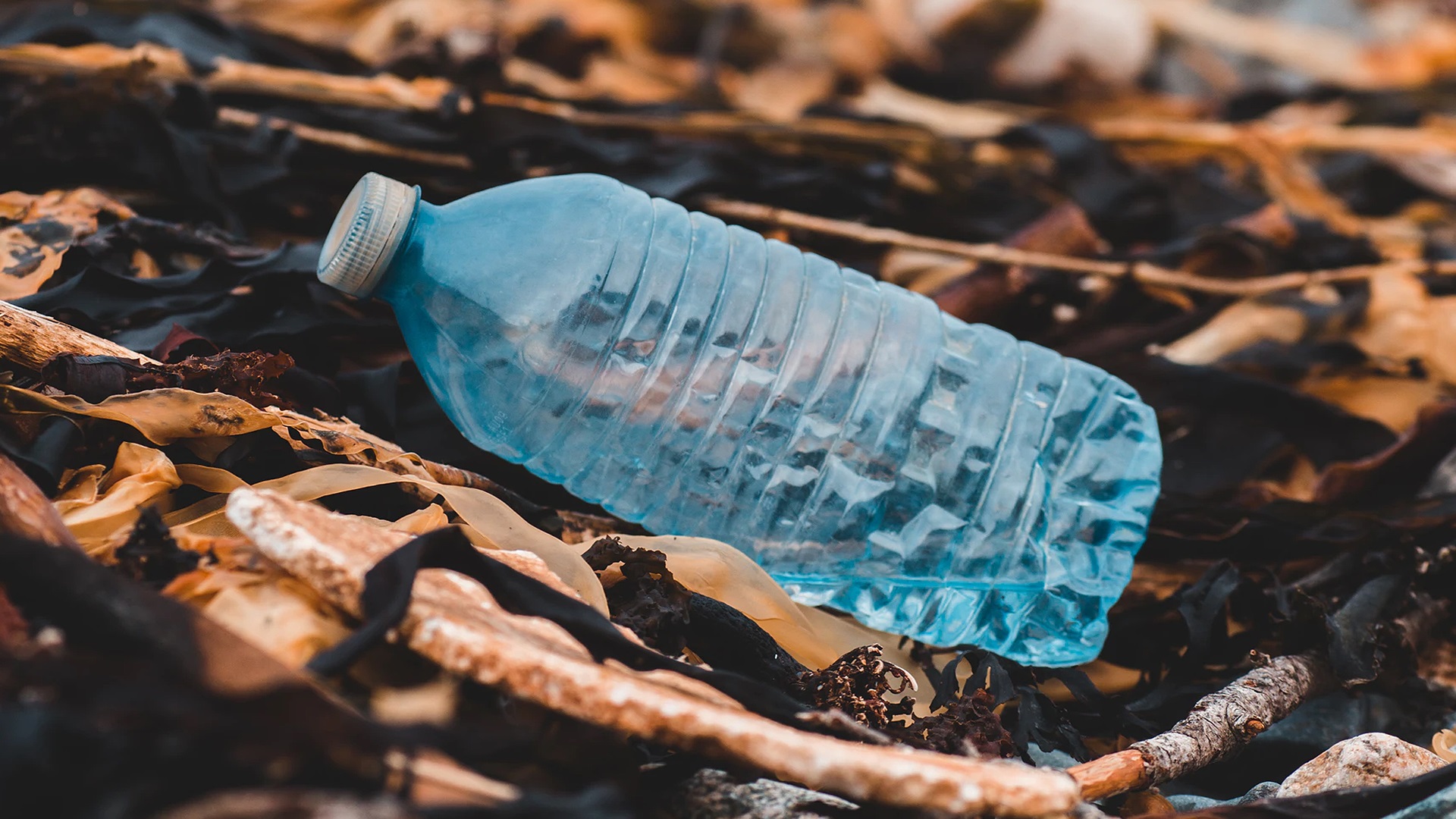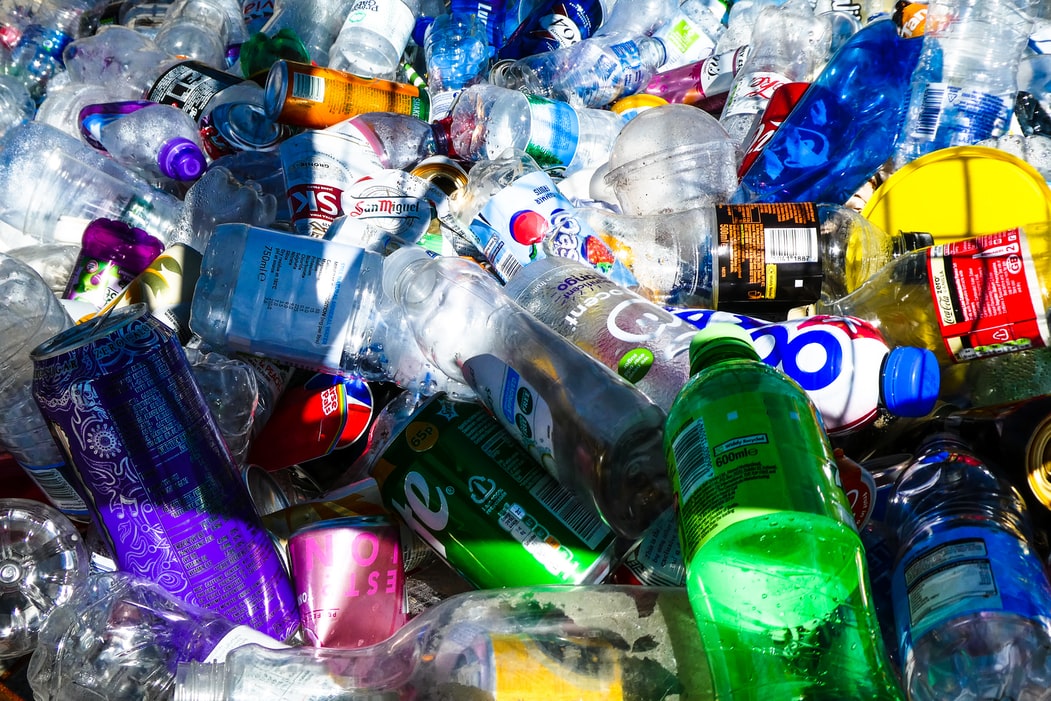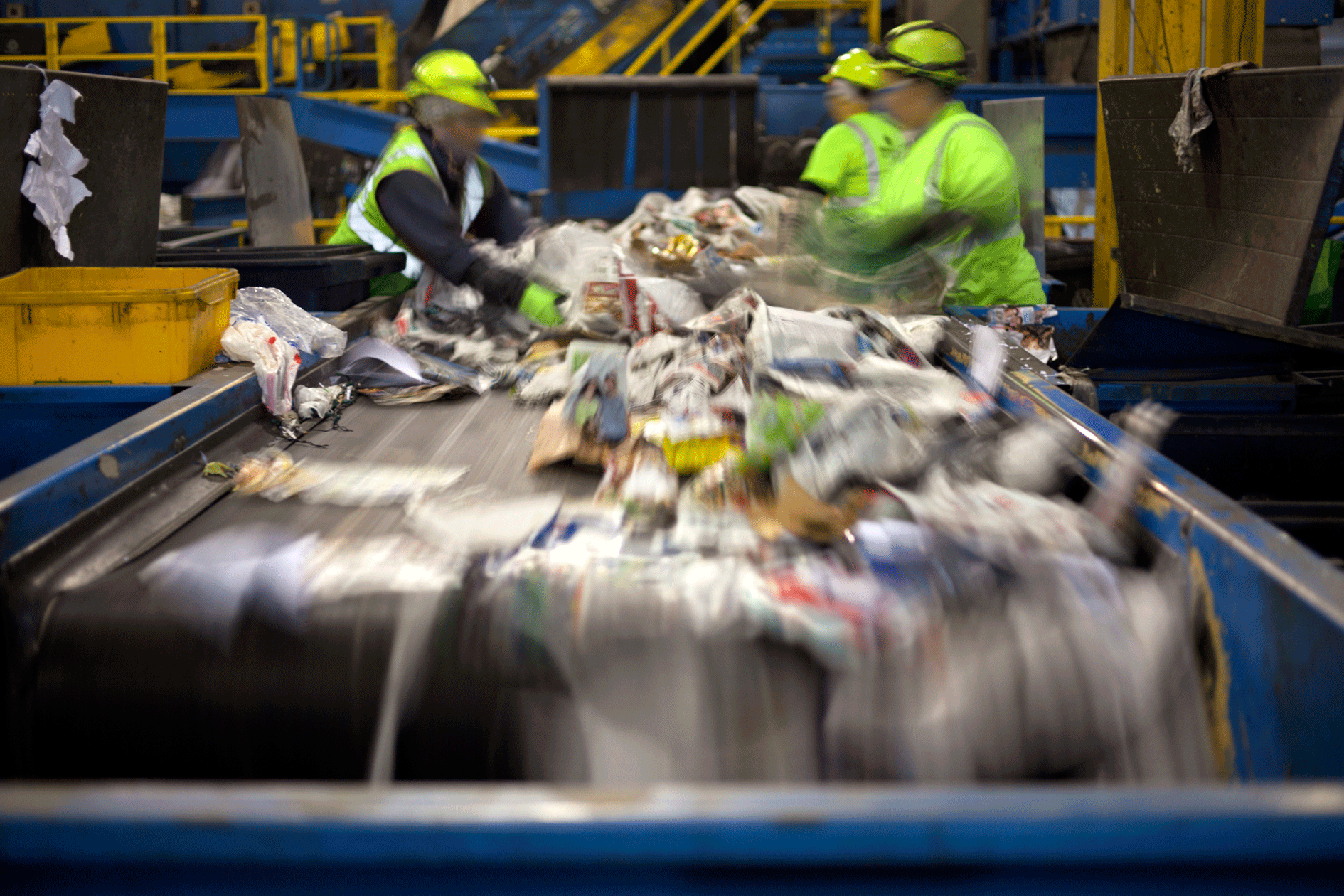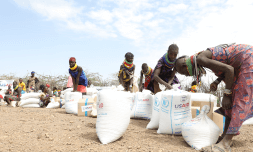We waited too long to stop CO2 from taking over our atmosphere, and now we’re in danger of waiting too long to turn off the plastic tap.
A billion more tons of plastic are set to blanket the earth by 2040. In the next two decades alone, 710 million tons will enter our waterways and cover our land based only on what we’ve already thrown away. Plastic takes over 1000 years to degrade, and if we don’t improve our waste management, soon we’ll be swimming in it.
Whilst the imminent and unprecedented damage of micro-plastics (particles less than 5mm in length) has quite rightly been dominating the climate hawk airwaves lately, the literally ‘bigger’ threat of macro-plastics has been sliding under the radar. But a study published in the Science journal last week has re-ignited the waste management debate, starkly laying a future of insurmountable plastic waste lest individuals, and more importantly companies, make massive behavioural changes.
Burn baby burn
The study, developed by non-profit Pew and modelling company SystemIQ, starts by whimsically asking you to picture your favourite stretch of coastline. It then asks you to imagine each square meter of that beach or cliff face covered in 50kg of plastic bottles, takeaway containers, discarded cling film, and polystyrene foam.
‘Now imagine that’s happening for every meter of coastline around the world’, the studies co-lead author Richard Bailey, who studies environmental systems at the University of Oxford, told Wired. Such a scenario will evidently be our reality in two decades if we fail to conduct a comprehensive review of the cycle of plastic consumption.
Compounding these terrifying stats, the study indicates that in many places it’s standard practice to burn plastic waste that can’t be easily disposed of, to the tune of approximately 133 million metric tons by 2040. This causes huge amount of CO2 and dangerous toxins to be released into the atmosphere, further degrading the atmosphere and terrestrial habitats.
The study’s projections are based on economic quadrating of the globe based on waste management. Researchers divided international economic systems into eight ‘archetypes’ by which they studied the world’s plastic use and waste disposal. The archetypes reflected income levels in geographic areas, displaying waste administration stats for ‘high-income urban’ areas, ‘low-income urban’ areas, ‘high-income rural’ areas, ‘low-income rural’ areas etc.
Predictably, low-income areas – particularly low-income rural areas – were less likely to have efficient and properly managed disposal systems, frequently reporting the dumping or burning of discarded plastic. ‘Obviously, high-income places have more services they can provide, and low-income places don’t have… resources to pay for services’, says Winnie Lau, senior manager of the Pew Charitable Trusts’ project on ocean plastic and author on the study.
This is particularly true of island nations that simply do not have space for recycling plants.
The study found that each year, 30 million metric tons of plastic is dumped on land, almost 50 million metric tons are burned, and another 11 million ends up in the ocean. By 2040, these figures could be 77 million, 133 million, and 29 million respectively.
But the situation isn’t significantly better in high income and urban environments. According to this 2019 report by The Guardian, Westminster Council in London sent 82% of all household waste – including the contents of all recycling bins – for incineration in 2017/18. Whilst incineration is generally preferred to landfill these days (which emits methane and toxic chemicals) it’s still a significant polluting agent and clearly can’t hold a candle the utility of recycling.
The notion that plastic products are regularly recycled is one of capitalism’s greatest myths, and a central pillar of greenwashing. According to a 2017 Science Advances paper, of the 8.3 billion tons of virgin plastics (plastic with no recycled elements) produced globally that year, only 9% was recycled.
‘It’s really a complete myth when people say that we’re recycling our plastics,’ Jim Puckett, the executive director of the Seattle-based Basel Action Network, told The Guardian. ‘It all sounded good. ‘It’s going to be recycled in China!’ I hate to break it to everyone, but these places are routinely dumping massive amounts of [that] plastic and burning it on open fires.’
The plastic situation has been dramatically worsened by the Coronavirus pandemic. The previously shunned single-use plastic industry is now thriving as all consumer-facing businesses are required to throw away un-sanitized materials. Plastic hand-sanitiser bottles, tissues, gloves, and face masks are mandatory in many cities, and are being discarded in record numbers.
All told, the 2020 crisis is producing far more waste than it can reasonably handle, and much of that waste is either contaminated or single-use – the situation would be dire even if recycling facilities were running at full capacity.
























